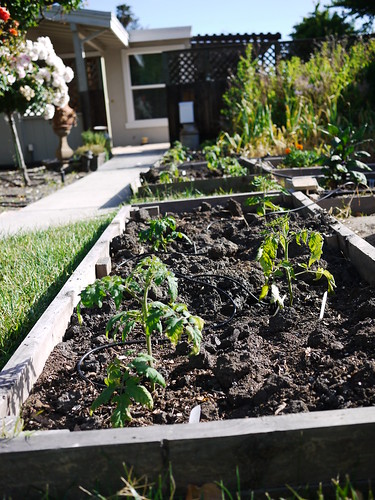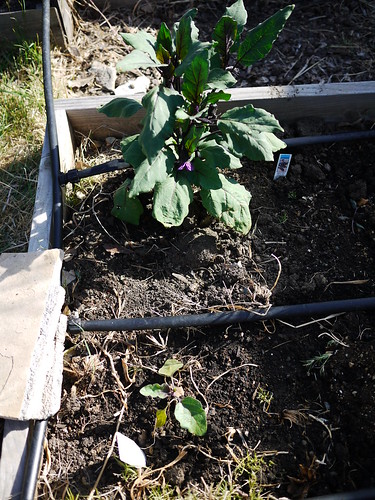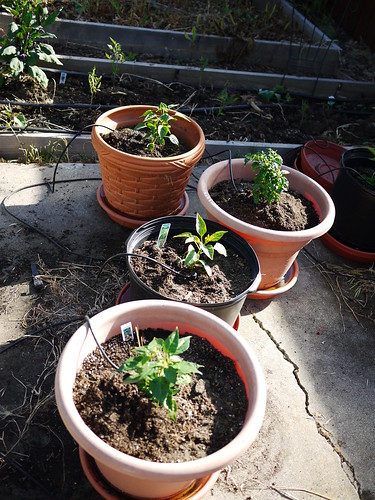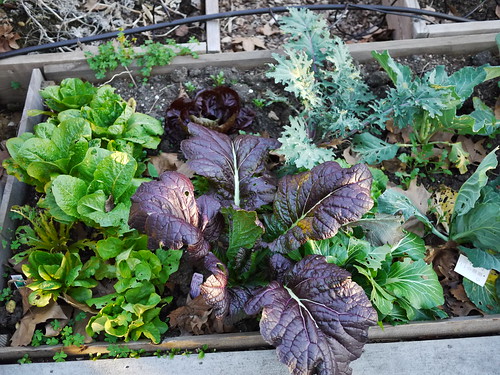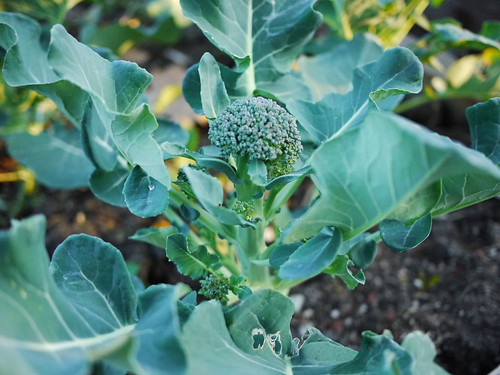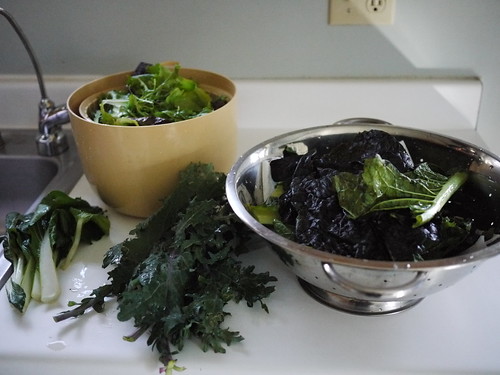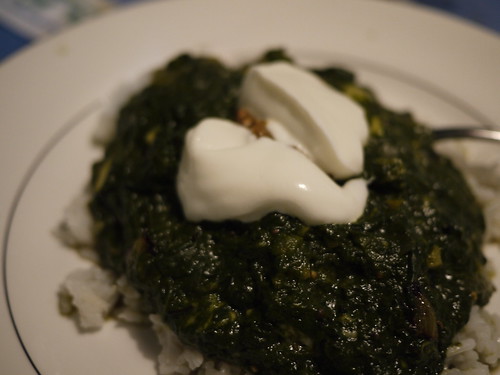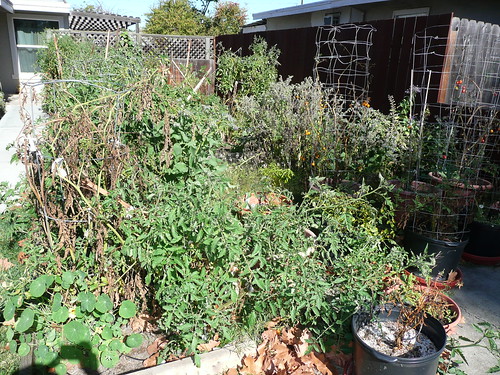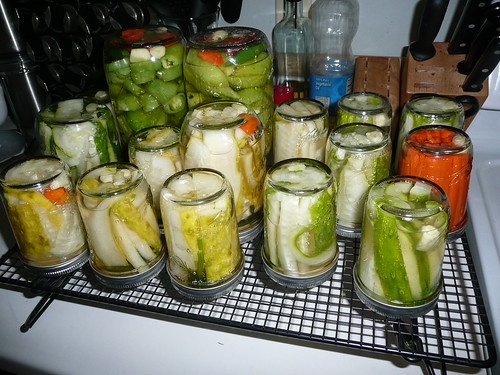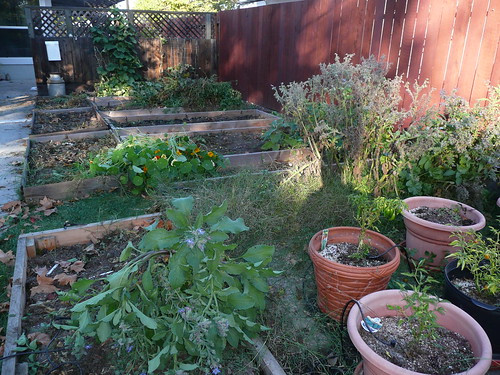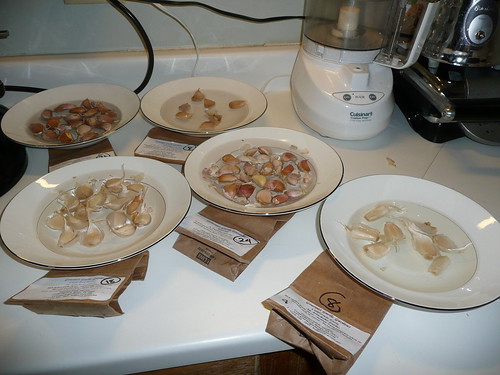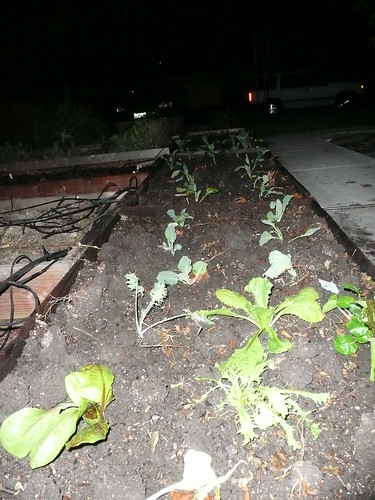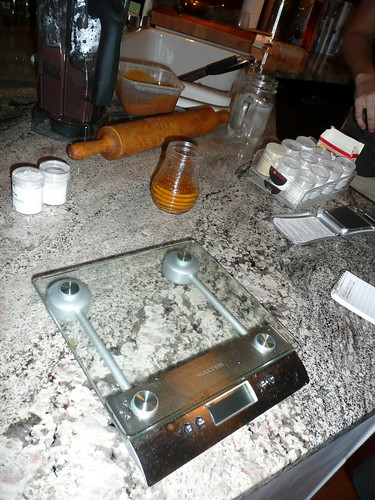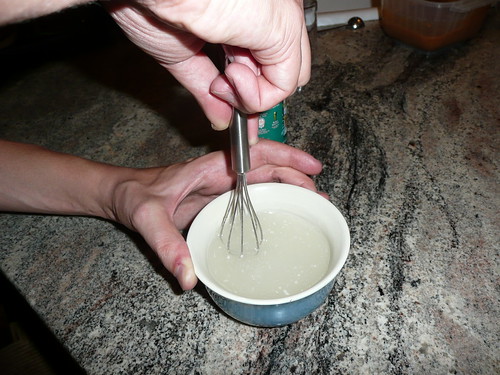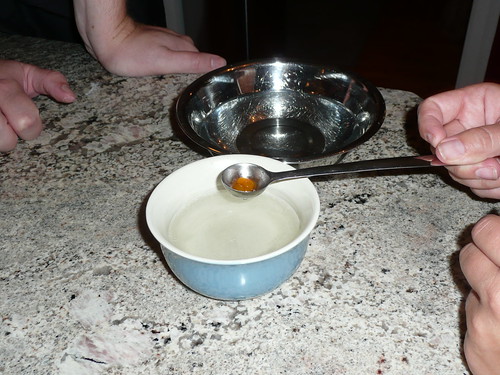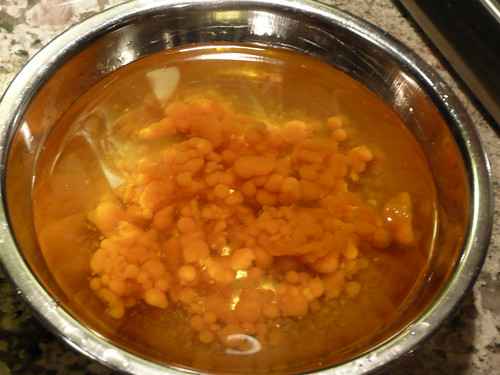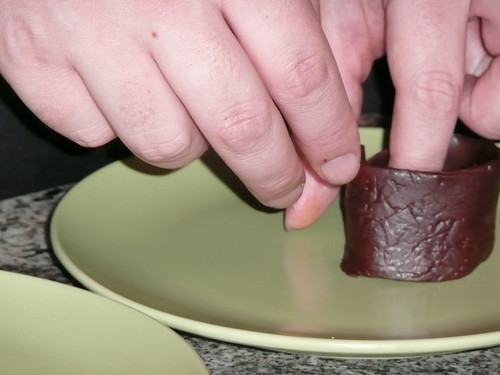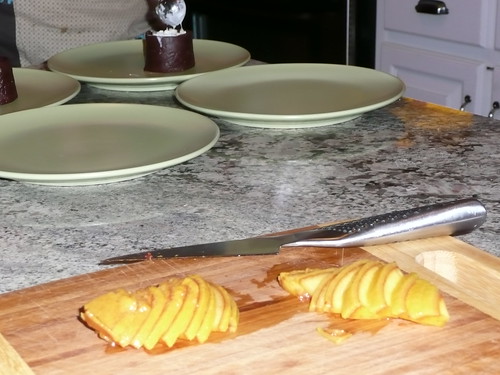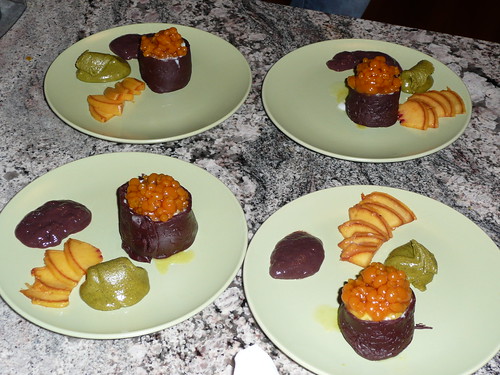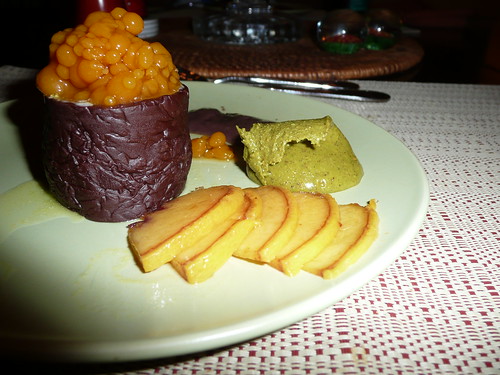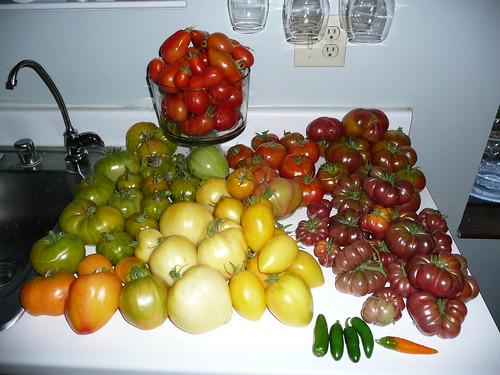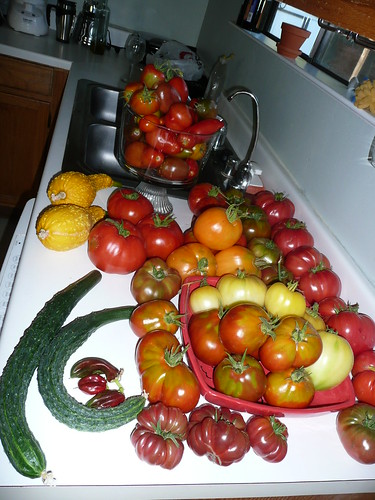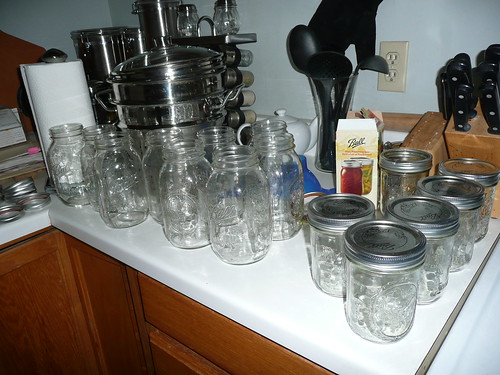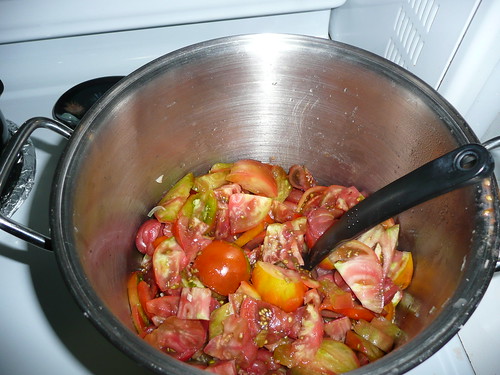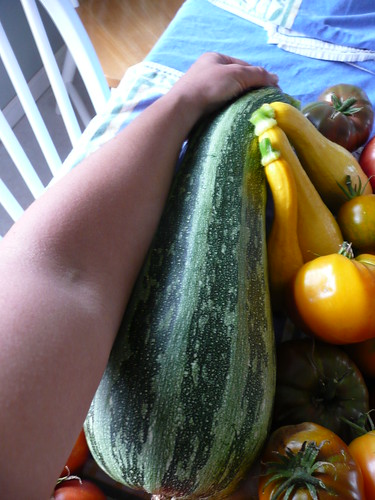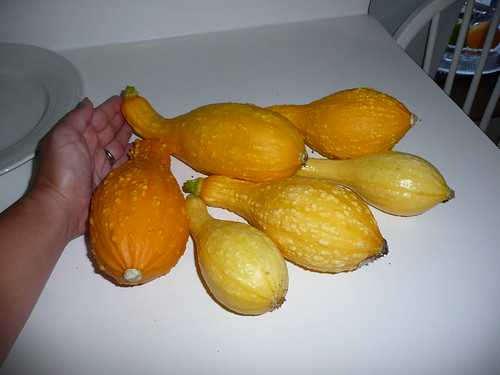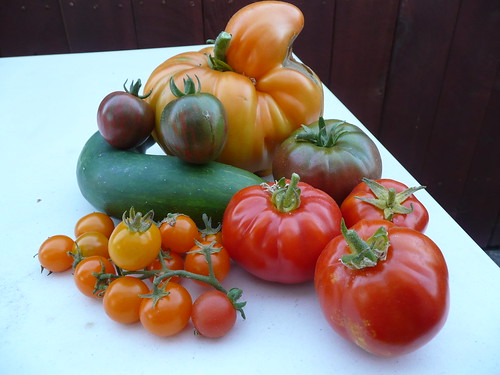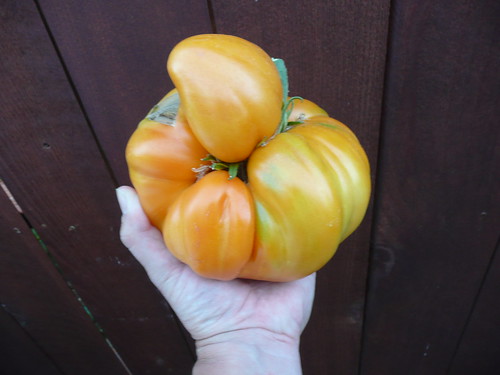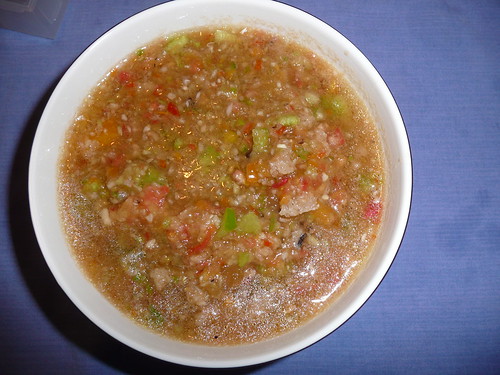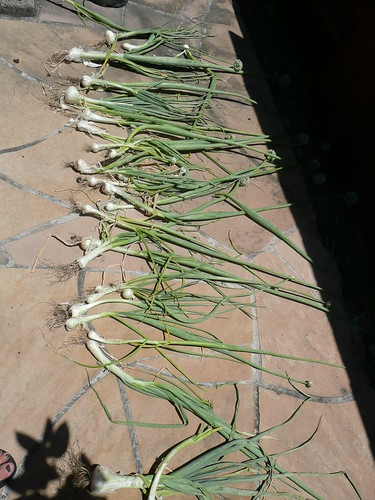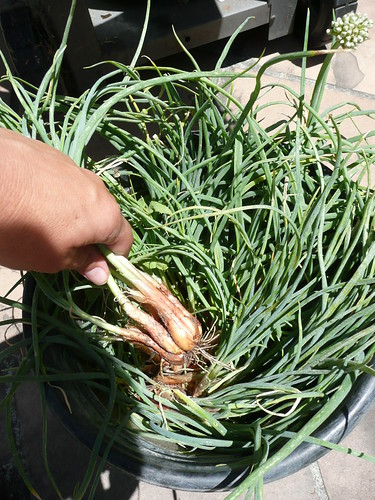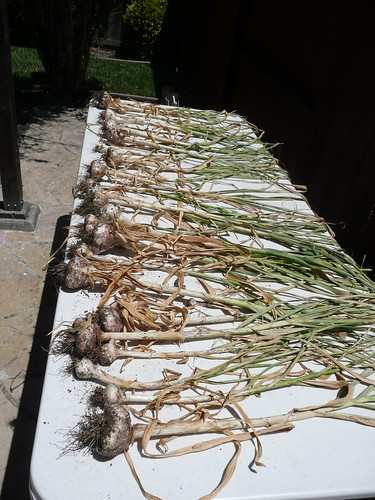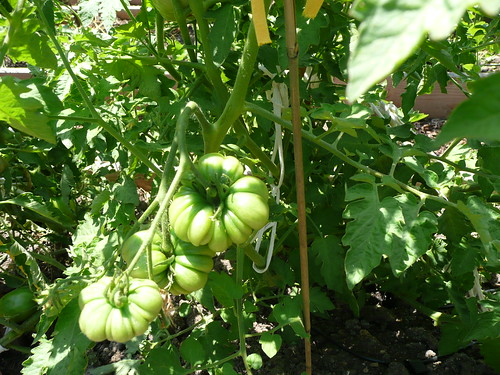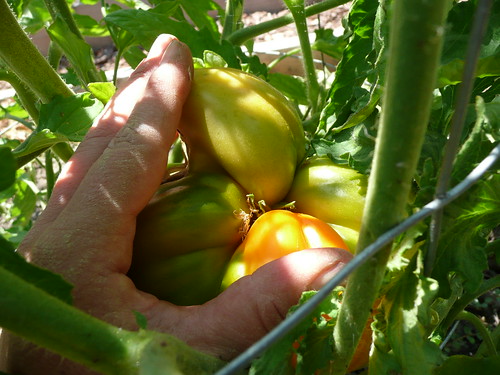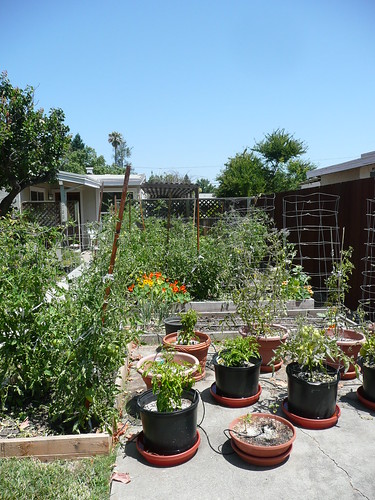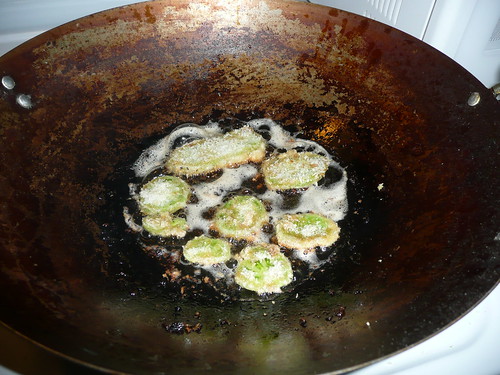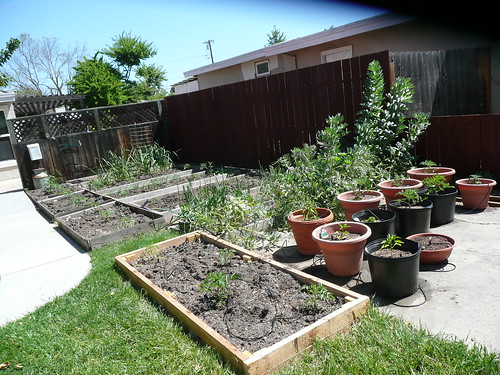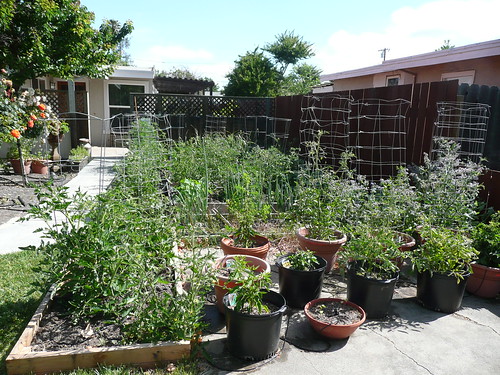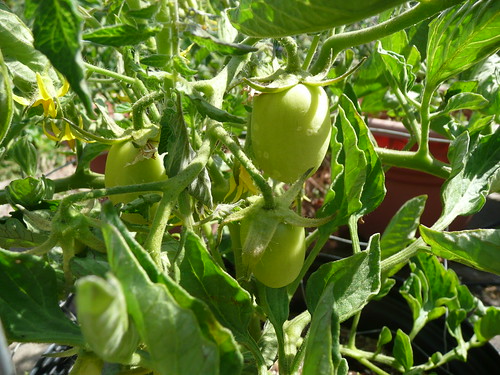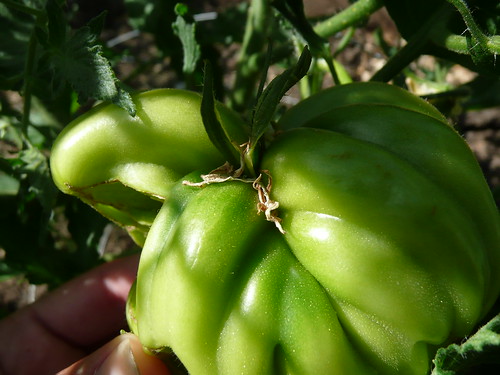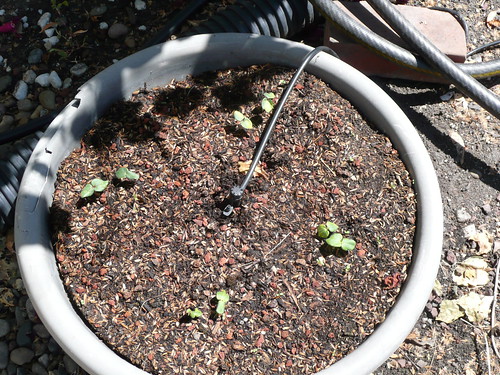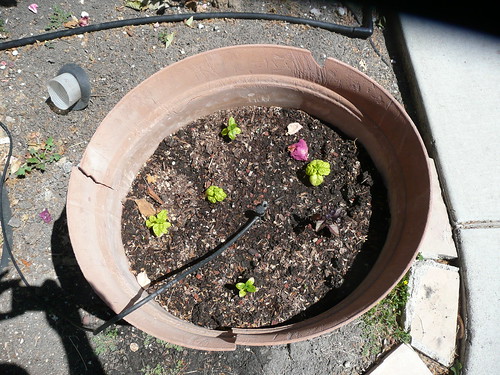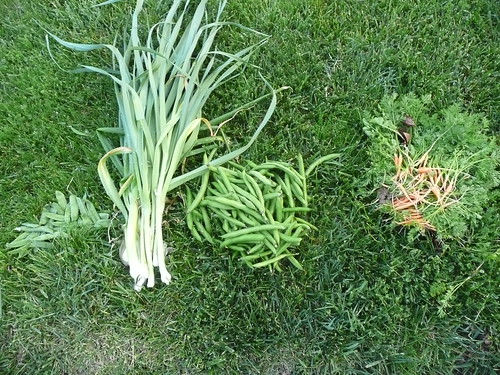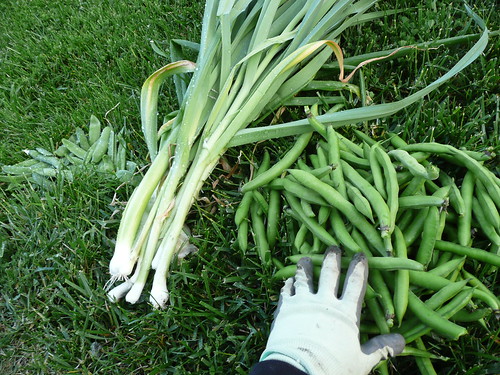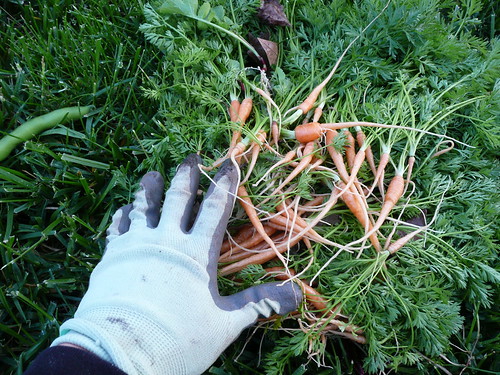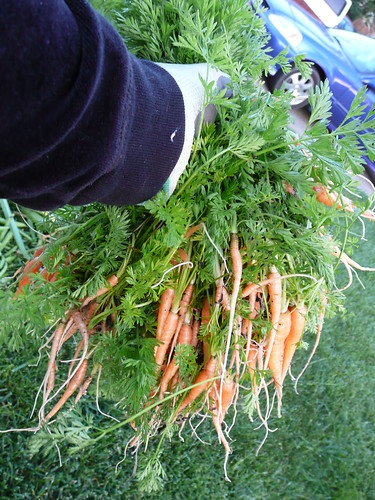Due to living part-time in the Seattle area and part-time at home for 3 months, I haven’t had the time to garden as much as I would have liked. Law? Lots of time for that. Tech? So much I don’t quite know how to process it. But Garden? Well, the Garden took a bit of a back-seat for the months prior to last frost.
Of our 8 garden beds, only 5 are planted (and some not fully). At this time of year, that’s a waste of resources.
But, I have experience on my side. While I know I am wasting space that collects amazing sunlight and could be used to grow beautiful California plants, I also know that each one of those plants sucks the resource of time.
And, if I am honest with myself, I didn’t have enough time to properly prep all of the beds even before the plants need attention. Too many travels. Too much work. So, this season, I am focused on proper execution in the garden. Maximum quantity of quality within the constraints that I have.
Again, my garden is a perfect metaphor for one of the cycles in start-up life (when you could do more, but it would suck time and/or nutrients from other things that don’t have enough to support them unless you scale back for a season).
The tomato seedlings post-planting:
The eggplants (the big one will be asian purples, the small one below it is a breed of white/pink mini-eggplants):
And, of course, the peppers:
Habanero, Hungarian Carrot, Jalapeño, Caribbean Red Hot, & Anaheim.
Already, the investment is starting to show returns. The tomato plants are dark green and easily triple the size shown in the photos above, eggplant fruits are showing, and the peppers are already flowering. Also, several cucumber plants and squash plants are spreading their hungry vines in search of sun. Even with perfect weather, it will not be the biggest harvest I’ve ever prepared, but it is clearly focused on the most high value benefits (e.g. those that produce the most to eat where the taste differential between the garden and the store is the highest).
Thank goodness for learning from the past — this summer/fall harvest is destined to be quite good despite requiring about 1/2 the effort of prior years.

